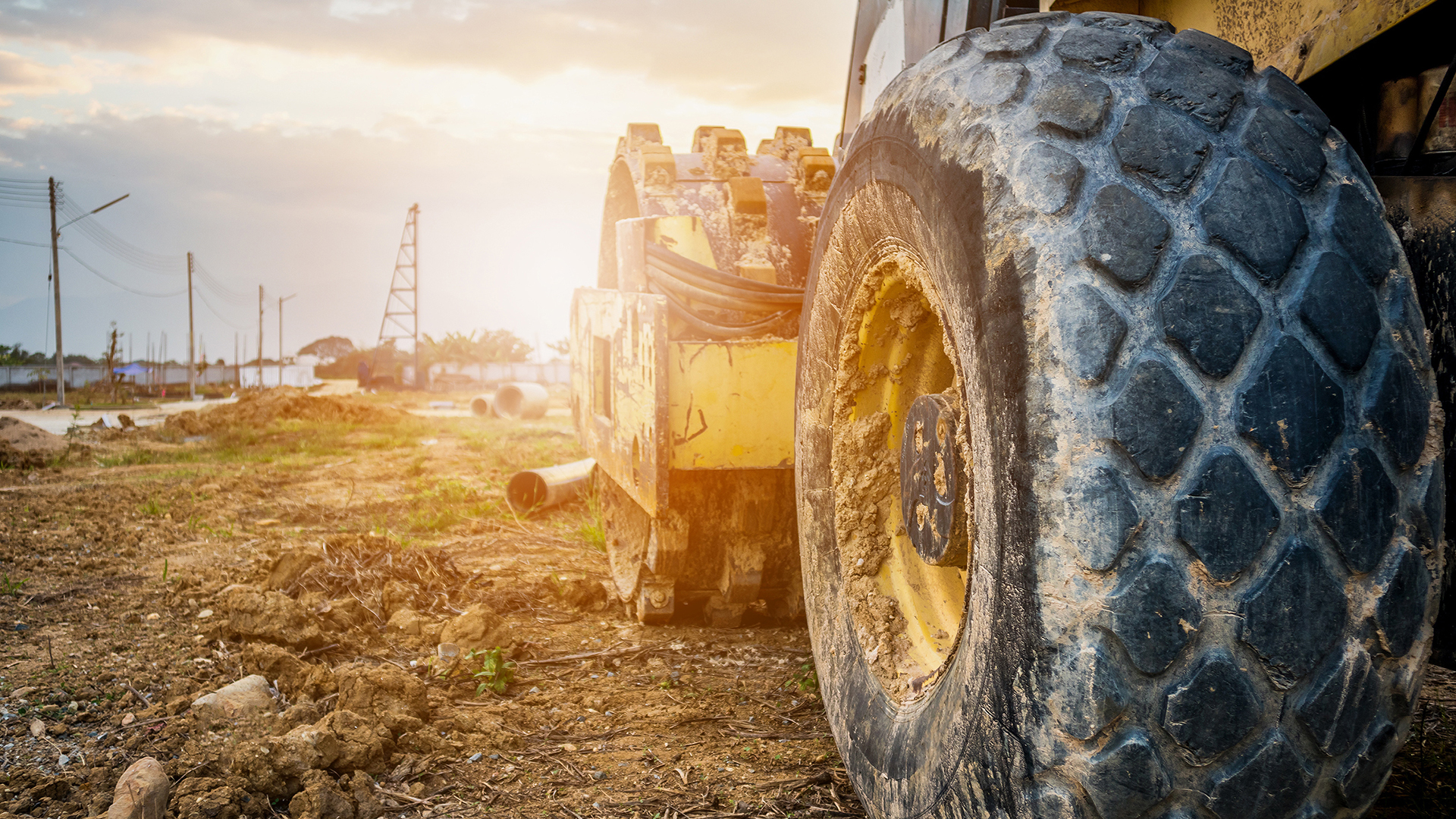Strong economies with stable labor and supply chains often result in heavy risk of failure resulting from delays, cost overruns or unacceptable quality of work. It is the nature of construction. Clearly, COVID-19 (coronavirus) concerns exacerbate these risks and present unprecedented legal and project management hazards. But how should project owners, developers, design-professionals, contractors, subcontractors, suppliers, lenders and others spot the early signs of potential pitfalls in time to prevent project failure? What are the early warning signs and where should project management, legal and risk teams look?
Schedule slippage
COVID-19 complications can quickly cause schedule delays resulting from government mandated stay-at-home orders, slowed supply of steel and other materials from China or Europe, or default by subcontractors unable to sustain work in a downturn. Parties to construction contracts should know and enforce the contract requirements for baseline schedules, schedule updates, “look aheads,” mandated recovery schedules and outside consultant peer reviews/reports.
Not only does the substance of these schedules, reports and updates reveal crucial information regarding potential delays and the likelihood of overcoming any delays, but quite commonly, parties who fail to comply with or enforce the contractual requirements for proper scheduling or schedule updates only succeed when lucky. Investigation into delayed projects almost always reveals failure by the parties to comply with or enforce proper schedule documentation.
Secondarily, but almost as importantly, proper triaging whether troublesome delays might prevent project success must include review of any change orders requesting extensions of time. Look for open and unresolved claims for extensions of time and executed change orders where the owner permits the contractor to reserve rights for future extensions of time. Also, be wary of the infamous and dastardly “TBD” designation. From the owner’s perspective, any failure to fully resolve a request for an extension of time contemporaneously with the change order wherein the contractor requests the change may be considered an acknowledgement of some entitlement to an extension. These failures to fully resolve time extension claims on a prompt basis indicate extraordinary risk of a potential project failure from schedule slippage.
Cost overruns
Regardless of the contracting methodology (cost plus, lump sum, guaranteed maximum price, etc.), the parties risk exceeding budgets for construction. Construction inherently includes uncontrollable variables based on market changes, but challenges such as COVID-19 exponentially increase cost failure risks. Contractors likely bid projects based on material costs for a steady supply of steel and other materials supplied by China and other affected countries. COVID-19 threatens those supplies and will likely increase costs.
Depending on price escalation clauses, the definition of unforeseen conditions, force majeure and potentially change in law provisions, the risk for these price changes may shift from owner to contractor depending on the contract. Further, COVID-19 may likely cause some projects to fail based on lender step in rights and foreclosures.
To evaluate these risks, legal and project management teams should review the contractual provisions above, but should obtain payment applications, updated schedules of values, change orders (executed, submitted, denied and unresolved), a history of any lien claims, payment bonds, and an update on retainage currently held. It may seem simple, but the project management team’s failure to accurately identify the original contract price, the current contract price following adjustment for fully executed change orders and the amount of retainage held, will always indicate initial signs of a project risking significant cost overruns. If the parties cannot agree to amounts owed in the midst of construction, the parties will likely disagree with amounts due to close out the project at Final Completion.
Quality concerns
COVID-19 could also cause significant quality concerns, especially if parties suffer from labor shortages requiring scrambling to provide sufficient manpower, or if schedule delays necessitate resequencing of work and trades working in atypical order. To triage and determine potential quality concerns, parties should review prior withholdings in payment applications for rework by subcontractors, excessive requests for information (RFIs) to the design team and, if applicable (based on the stage of the project), significant and unexpected punch lists. Parties also often realize quality concerns when contractors declare substantial completion and request inspection for substantial completion when visual inspection of the property clearly shows an incomplete condition.
Lastly, lender consultant reports or other third-party inspection reports may provide another source for determining whether excessive quality concerns will likely manifest on the project. These reports, although often clouded by the drafter’s desire to satisfy what the recipient desires to hear, can reveal considerable risk of quality issues because if outside consultants reference quality risks, then the quality clearly fails to meet minimum requirements.
Summary
COVID-19 creates substantial risk for the construction industry, especially with respect to schedule, cost and quality. However, early identification of these potential pitfalls will create considerable opportunity for overcoming the risk and keeping the project on track for success. Identifying the documents, materials and information needed to triage the project risks is step one of a longer process, but will almost always pay dividends.
Our construction lawyers negotiate contracts and resolve complex construction issues for clients through unparalleled, international knowledge and experience in the energy, infrastructure, commercial construction and real estate sectors, coupled with an extensively deep bench in construction disputes. We routinely counsel owner, developer and sponsor clients throughout all aspects of the construction process to avoid disputes when possible, manage risk and recover damages necessary to maintain profitable projects.
Our lawyers know construction. We stand alongside our clients conducting critical path delay and liquidated damages analysis, reviewing change order and extra work claims, assessing design professional errors, mitigating defects, evaluating performance guaranty damages and documenting all types of hurdles, pitfalls and unexpected project anomalies.






